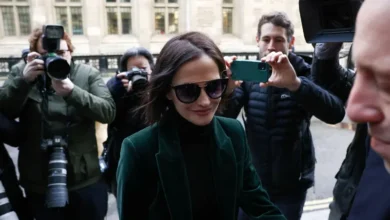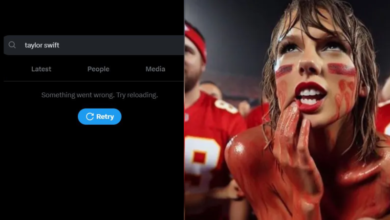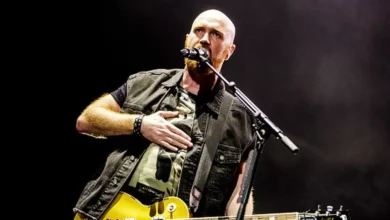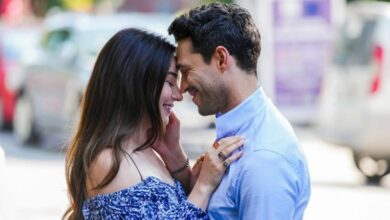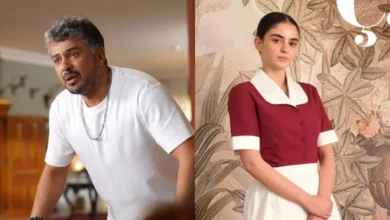Charting the last days of Matthew Perry: Key details revealed after arrest of five
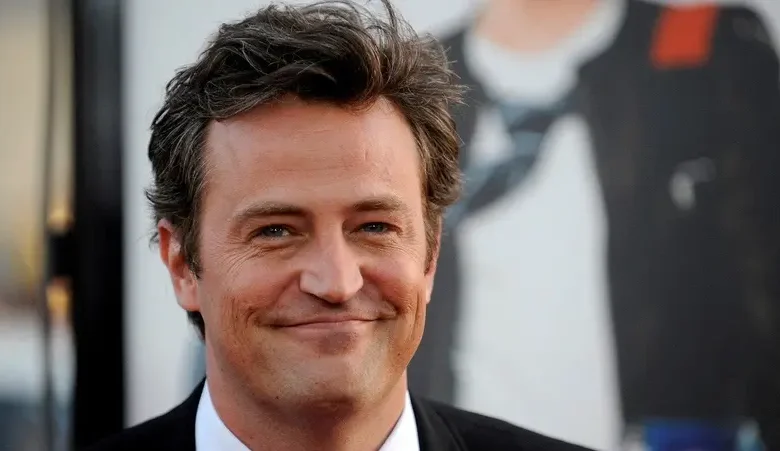
The arrest of five people in the overdose death of Matthew Perry has revealed key details about the final days of the “Friends” star, most of them spent in the throes of an addiction to the surgical anesthetic ketamine.
Perry would die at age 54 on Oct. 28 after telling his assistant to shoot him up “with a big one.” Drawn from unsealed federal court documents and a medical examiner’s investigation, here’s a chronological look at the end of Perry’s life.
The final month
September 30 — Perry and his live-in personal assistant, Kenneth Iwamasa, met at their home in the Pacific Palisades neighborhood of Los Angeles with Dr. Salvador Plasencia. Perry had been receiving ketamine treatments for depression — an increasingly common off-label use — from his regular doctor, but wasn’t able to get as much as he wanted. Plasencia texted a doctor friend in San Diego, Mark Chavez, who agreed to obtain ketamine for him.
“I wonder how much this moron will pay,” Plasencia texted Chavez. The two met up the same day in Costa Mesa, halfway between Los Angeles and San Diego and exchanged at least four vials of ketamine.
Plasencia returned to Perry’s house, where Iwamasa paid him $4,500 in cash for the vials. Plasencia gave Perry two injections of ketamine, and instructed Iwamasa on how to give the injections to the actor. Plasencia texted Chavez that the experience “felt like a bad movie.”
October 2 — Iwamasa texted Plasencia saying he wanted to buy not just injection sessions, but to be left with more vials of ketamine, referring to it in agreed-upon code as “dr pepper.” Plasencia appeared, gave Perry the injections, and left behind the vials of the anesthetic.
October 4 — Iwamasa injected Perry himself for the first time. He texted the doctor that he had found “the sweet spot” to put the needle into his boss, but that trying different spots on Perry had led to them running out, and they needed more. Plasencia texted Chavez asking if he could keep supplying the drug so they could become Perry’s “go-to.”
October 6 — Iwamasa told Plasencia they were running low, and needed more. Plasencia went to Perry’s house and sold him one or more vials.
October 8 — In a late night meetup at a Santa Monica shopping plaza, Plasencia sold Iwamasa four vials of ketamine for $6,000 in cash.
October 10 — Iwamasa drove Perry to a public parking lot in Long Beach, where they met up with the doctor. He sold them more ketamine, and gave an injection to Perry while the actor sat in a car. On the same day, Iwamasa sought even more of the drug from an additional source of ketamine, reaching out to Erik Fleming, an acquaintance of Perry.
October 11 — Fleming messaged Iwamasa that he can get ketamine from a woman he knows. “It’s unmarked but it’s amazing – he take one and try it and I have more if he likes,” Fleming wrote. The woman, Jasveen Sangha, was known to her customers as the “Ketamine Queen.” Fleming texted Iwamasa that she only deals “with high end and celebs. If it were not great stuff she’d lose her business.”
October 12 — Plasencia went to Perry’s house, where he was paid $21,000 in cash, some of it owed to him for previous ketamine buys. While there he injected Perry. The actor immediately froze up and his blood pressure spiked. The assistant said the doctor told him, “let’s not do that again.”
October 13 — Perry got a sample of Sangha’s ketamine and tried it. He and Iwamasa would ask for 25 vials of it, for which he would pay $5,500. Fleming dropped it off at Perry’s house a day later.
On or around Oct. 20 — Perry received his last legal ketamine treatment from his regular physician, according to what a woman close to him whose name was redacted in official documents told medical examiner’s investigators. The woman said his previous doctor had given him treatments every other day, but his new doctor said Perry was doing well, his depression was managed, and he no longer needed so many treatments. The woman would tell investigators that she had believed Perry had been sober for 19 months and there had been no relapse.
The final week
Around October 24 — Perry talked to the unidentified woman for the last time. She told investigators he had been in good spirits.
October 25 — Iwamasa asked Fleming for another 25 vials of ketamine. After picking up $6,000 from Perry, Fleming picked up the ketamine from Sangha, who told him her own source is known as “Master Chef.” Meanwhile, Iwamasa gave Perry at least six shots of ketamine.
October 26 — Iwamasa again gave Perry at least six shots of ketamine.
October 27 — The assistant again gave the actor at least six shots of ketamine. With the supply coming from Fleming and Sangha, Perry and Iwamasa had been out of touch with Plasencia for about two weeks. Plasencia would text Iwamasa saying he had more to offer: “I know you mentioned taking a break. I have been stocking up.”
The final day
About 8:30 a.m. — Acting at Perry’s direction, using syringes from Plasencia and ketamine from Sangha, Iwamasa gave Perry an injection.
About 11 a.m. — Perry played pickleball, according to what Iwamasa told medical examiner’s investigators later in the day, though many elements of that initial story changed in his later talks to prosecutors.
About 12:45 p.m. — Iwamasa gave Perry his second shot of the day, and the actor began watching a movie.
Shortly before 1:30 p.m. — Iwamasa gave Perry his third and final injection of the day while Perry sat at his backyard jacuzzi. “Shoot me up with a big one,” Iwamasa remembered Perry telling him. The assistant then left to run errands.
About 4 p.m. — Iwamasa returned home to find Perry face down in the jacuzzi. He jumped in, pulled Perry to the steps and called 911. Paramedics arrived minutes later and declared Perry dead. Coroner’s investigators would say ketamine was the primary cause of his death, with drowning a secondary cause.
The defendants now
Iwamasa has pleaded guilty to conspiracy to distribute Ketamine. Fleming has pleaded guilty to distributing ketamine resulting in death. Both are cooperating with prosecutors.
Chavez has agreed to plead guilty to conspiracy to distribute the drug. Plasencia and Sangha, the two main targets of the investigation, have pleaded not guilty to multiple felony counts.
Plasencia’s lawyer Stefan Sacks said Thursday that everything his client did was in Perry’s best medical interest. Sangha’s attorney declined comment.
Attorneys for the other three men did not respond to multiple messages seeking comment from The Associated Press.
